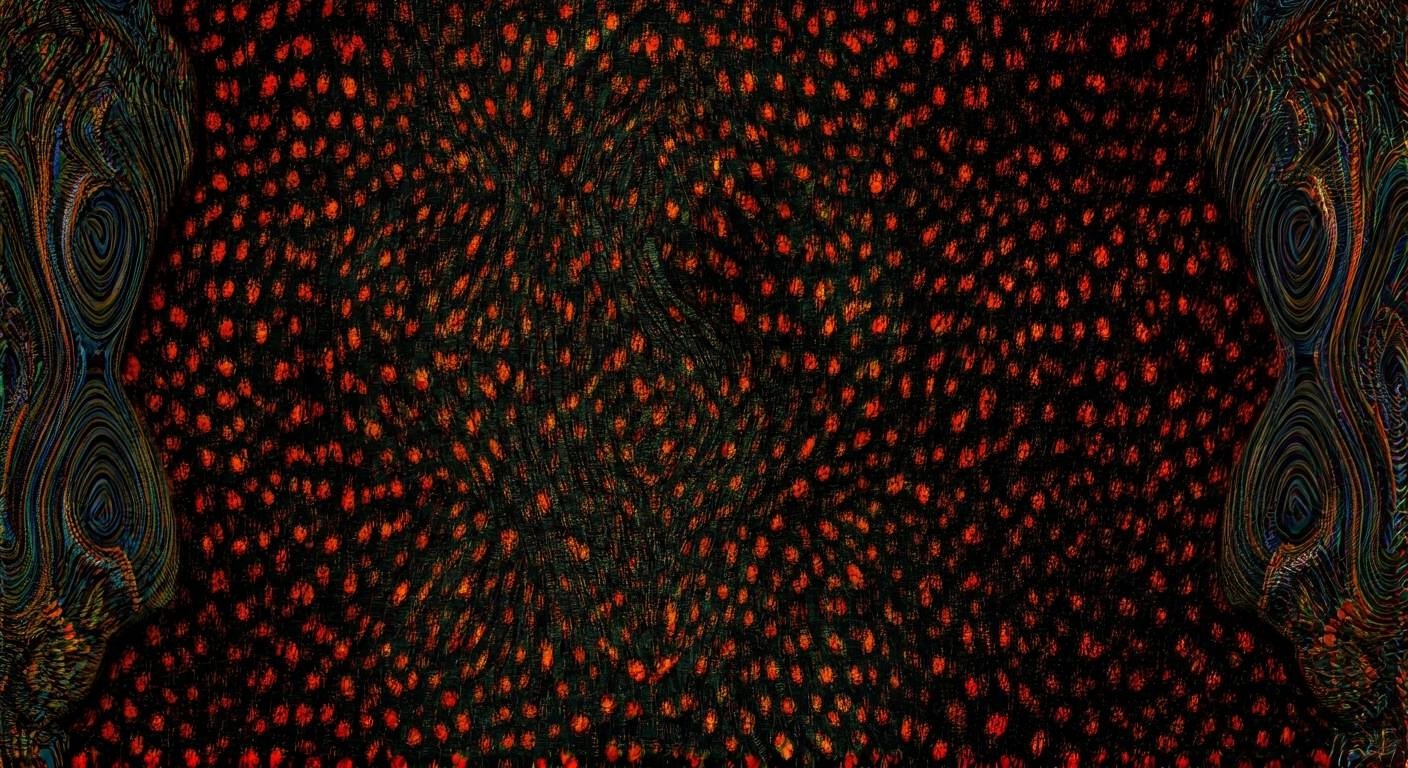It’s a world where algorithms don’t just crunch numbers but also tap into the depths of human emotion, creating pieces that resonate with us on a personal level.
The Emotional Palette of AI
AI is learning to understand emotions. Traditionally, art has been a deeply human endeavor, a way for artists to express their feelings, thoughts, and experiences. But now, with the help of advanced algorithms, machines are starting to replicate and even interpret these emotional tones. Here’s how they do it:
- Data-Driven Insights: AI systems analyze vast amounts of data, including existing artworks, poetry, and even social media posts. By examining the emotional language used in these texts, they learn to associate colors, shapes, and styles with specific feelings.
- Algorithmic Creativity: Once trained, these algorithms can generate new pieces of art that reflect the emotional tones they’ve learned. For instance, a piece inspired by sadness might use cooler colors and abstract forms, while a joyful piece might burst with vibrant hues and dynamic shapes.
- Human-AI Collaboration: Interestingly, human artists are also using AI as a tool to enhance their own emotional expression. By collaborating with AI, they can create works that blend human intuition with machine precision, resulting in art that feels both familiar and innovative.
The Poetry of Pixels
AI is making waves in the world of poetry. Just like in visual art, algorithms are being trained to understand the nuances of language and emotion. Here’s what’s happening:
- Analyzing Verses: AI can scan through thousands of poetic works, spanning various styles and eras, to produce new compositions. This means that it can learn what makes a poem resonate emotionally and replicate that in its own creations.
- Exploring New Forms: The beauty of AI poetry lies in its ability to experiment with form and structure. It can combine traditional poetic techniques with modern themes, creating something entirely unique that still evokes deep feelings.
- Bridging Cultures: AI poetry can also transcend cultural boundaries, drawing from a diverse range of influences to create works that speak to universal human experiences. This opens up a whole new world of emotional expression that connects people from different backgrounds.
The Future of Emotional AI Art
As we look ahead, the potential for emotional expression in AI art is limitless. We’re witnessing a shift where machines are not just tools but collaborators in the creative process. This raises some intriguing questions:
- Can AI truly understand human emotion? While AI can replicate emotional tones, the debate continues about whether it can genuinely "feel" in the way humans do.
- What does this mean for traditional artists? As AI becomes more prevalent in the art world, how will it impact the role of human artists? Will they embrace AI as a partner or see it as competition?
- How will audiences respond? As viewers, how do we connect with art created by machines? Will we appreciate it as we do human-made art, or will there always be a distinction?
In conclusion, the rise of emotional expression in AI art is an exciting frontier that challenges our understanding of creativity and emotion. As algorithms continue to evolve, they’re not just creating art; they’re inviting us to rethink what it means to express ourselves in a digital world.

